ARTIFICIAL BREATHING AND CARDIAC MASSAGE
- Details
- Category: emergency room
- Hits: 490
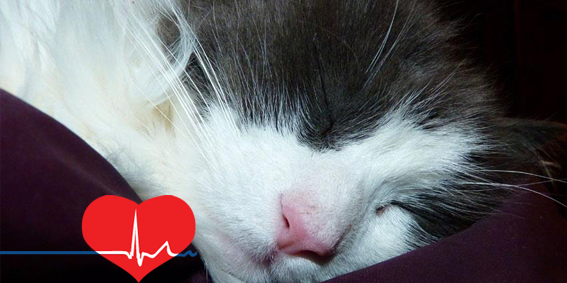
Unfortunately, many types of accidents or injuries cause a pathological state that causes cardiorespiratory arrest. There is a close relationship between the functions of the heart, lungs and brain. In the brain there is an area located more precisely in the hypothalamus that regulates respiratory (respiration) and cardiac (circulation) activity, and which we can define as a cardiorespiratory center. In the event of an injury, this relationship can lead to two distinct but concatenating pathological conditions.
A) Respiratory arrest
B) Cardiac arrest
A) The first condition (respiratory arrest) occurs when a cat suffers a trauma that compromises the rib cage or lungs or breath center or other pathological case. The heart will continue to pump blood for a few minutes as the heartbeat is generated on its own, but the blood that reaches the brain will not contain enough oxygen to feed the brain cells.
The consequence of this can be the cause of cardiorespiratory arrest. The insufficiency of oxygen necessary for the functionality of the heart muscle causes an alteration of the heartbeat and ultimately cardiac arrest. Brain activity is interrupted or severely damaged by an inadequate supply of oxygenated blood.
B) The second condition (cardiac arrest): the cat breathes, but the heart stops beating. When the heart stops, breathing stops almost immediately. The blood no longer reaches the lungs nor will it circulate in the body's tissues. Without proper oxygen supply, the brain will suffer irreversible damage within minutes.
Thus, two different single life arrests can occur:
- respiratory arrest but not immediately cardiac arrest.
- cardiac arrest accompanied almost immediately by respiratory arrest.
In both cases, it is absolutely important to ensure that oxygenated blood reaches the brain again and as soon as possible.
- IN THE FIRST CONDITION (At respiratory arrest) the cat does not breathe but the heart beats.
How do we know if our cat is no longer breathing?
Apart from the unmistakable signs of interruption of breathing, we can have a further confirmation by looking at the gums: they are no longer pink but become cyanotic or white.
In this case we must immediately practice artificial respiration to avoid serious injury or death due to lack of oxygen.
Before proceeding, let's make sure that the cat has free, not blocked airways and we make sure that the cat's tongue is not in a position that prevents or hinders breathing.
The subject should be lying on his side with the head slightly extended on the neck. The air must be introduced into the nasal passages, keeping the mouth tightly closed, or into the oral cavity keeping the nostrils closed. You must blow with a certain force for 2-3 seconds observing the lifting of the chest which is subsequently helped to empty by compressing it after removing the hands from the nasal cavities and mouth. 7 to 10 breaths per minute should be performed until breathing resumes spontaneously.
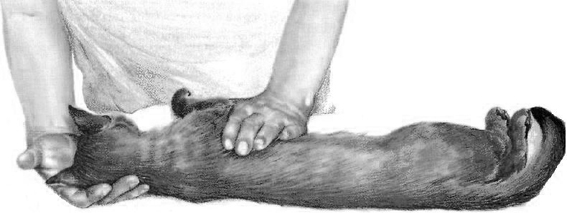
- In the second condition (B cardiac arrest) the cat has a steady heart and is not breathing
we must practice both artificial respiration and heart massage:
LET'S MAKE SURE THAT THE HEART RATE IS ABSENT (only in this case it must be practiced).
How can you know that the heart has stopped?
We place our hand at the point where the hind leg joins the groin or behind the elbows at chest height and check for the presence of the heartbeat.
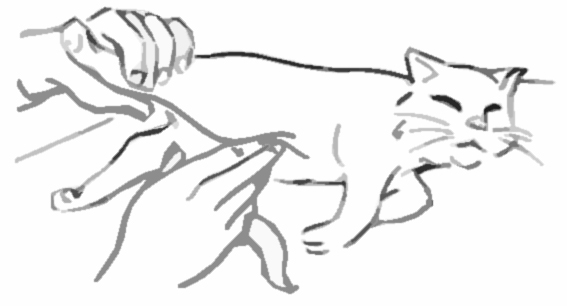
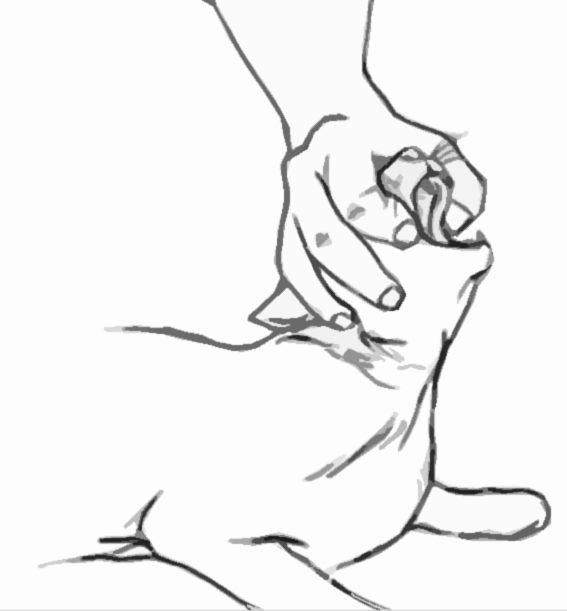
When the heartbeat is not perceptible and the functionality of the heart has ceased, it is necessary to intervene immediately with heart massage, which is the only intervention that in extreme situations can save the life of the animal. With the person lying on the side, place the palm of the hand (or both if it is a large animal, on the chest) immediately behind the elbow, exercising a series of 60 compressions per minute. (see photo below). In cats, compression can be done manually by grasping the chest at heart level, behind the elbows, with one hand and squeezing rhythmically. While compressing you have to count to 2 and only to 1 when releasing. Often in very serious trauma cardiac arrest is accompanied by respiratory arrest, therefore cardiac massage must be performed together with artificial respiration by breathing about every 5 cardiac stimulation compressions. These are always serious emergency situations, so all these operations must be performed while you are urgently going to an emergency room or to the vet.
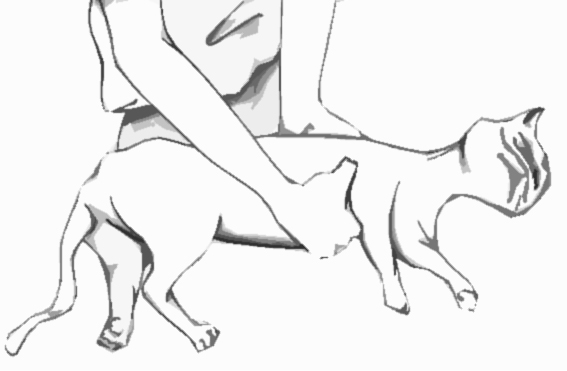
Artificial respiration and cardiac massage represent an extreme attempt to save the life of the animal, therefore it is necessary to act promptly but also calmly and decisively. The subject should be lying on his side with the head slightly extended on the neck. The air must be introduced into the nasal passages, keeping the mouth tightly closed, or into the oral cavity keeping the nostrils closed. You must blow with a certain force for 2-3 seconds observing the lifting of the chest which is subsequently helped to empty by compressing it after removing the hands from the nasal cavities and mouth. 7 to 10 breaths per minute should be performed until breathing resumes spontaneously.
CARDIAC MASSAGE IN DETAIL
1. Place the cat on its side, if possible keeping the head lower than the body.
2. Grasp the chest, under the elbows, between the fingers and thumb. Support your back with the other hand.
3. Press while squeezing the rib cage, then upwards, towards the neck, repeating the operation with rapid, decisive movements, 120 times per minute.
4. After 15 seconds of heart massage, give artificial respiration for 10 seconds.
5. Alternate until the pulse returns, then only give artificial respiration












